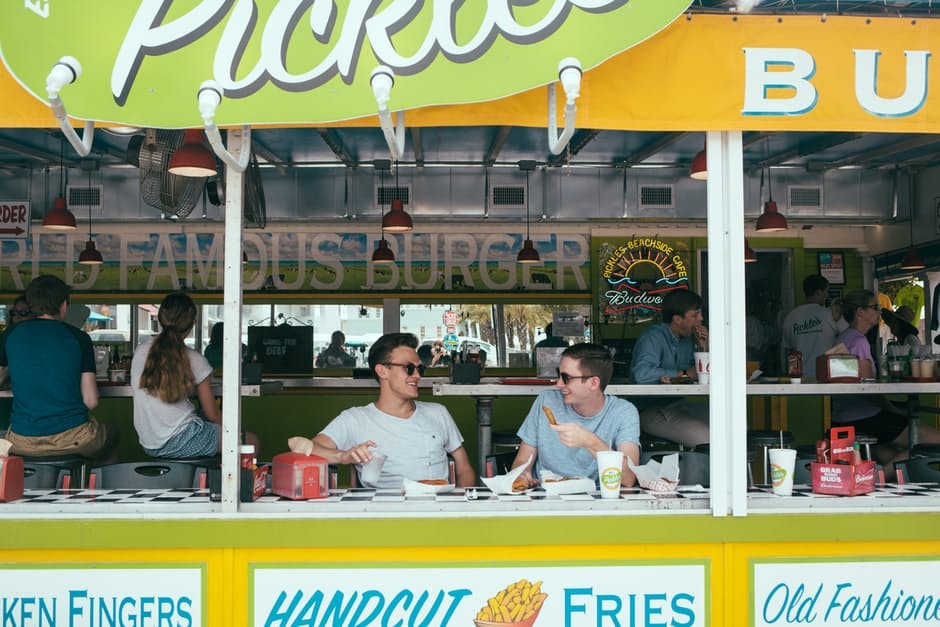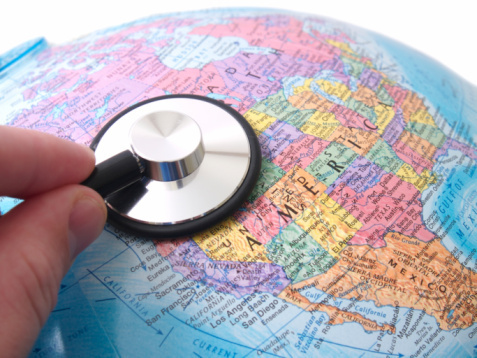5 Interesting (and Successful) Small Businesses to Invest In That Aren’t Restaurants

Nov 15 | 2016
Someone like equity-firm director Gary Sernovitz might consider losing money in a restaurant to be part of the thrilling charm, but some people (maybe yourself) might want to invest in things that actually make them money or don’t fail. Every good thing comes from an idea and every idea needs money….


